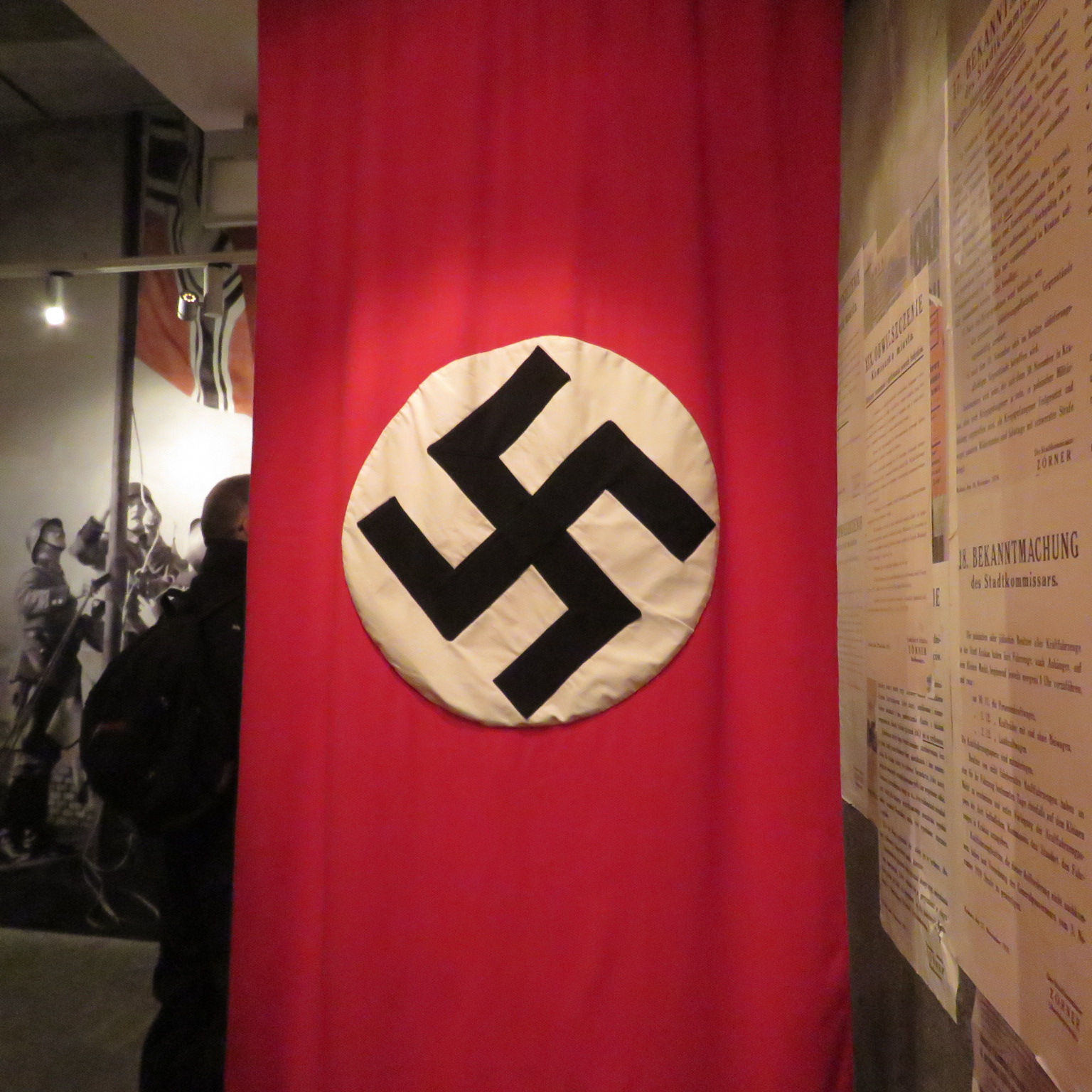Like most Canadians my age, I studied World War 2 in highschool. I learned how the war started, and about the Holocaust. We watched Schindler’s List, and discussed Canada’s role in defeating the Nazis. From a distant, removed place, I understood The Second World War.
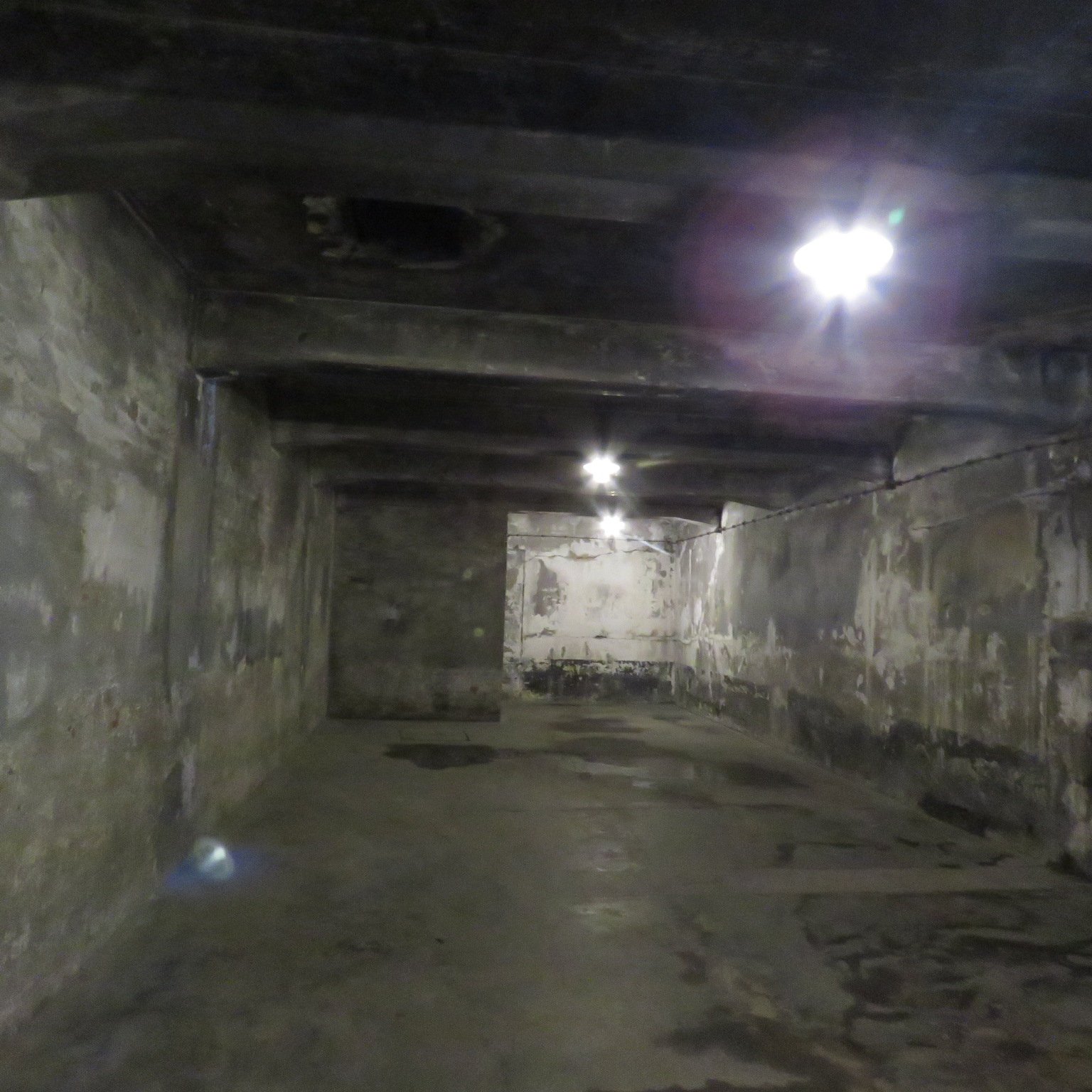
Of course, being in Warsaw and Krakow has given me a whole new understanding of what actually happened in Poland. Visiting Auschwitz is one of the ways that we learned about Poland’s history, but our education didn’t end there.
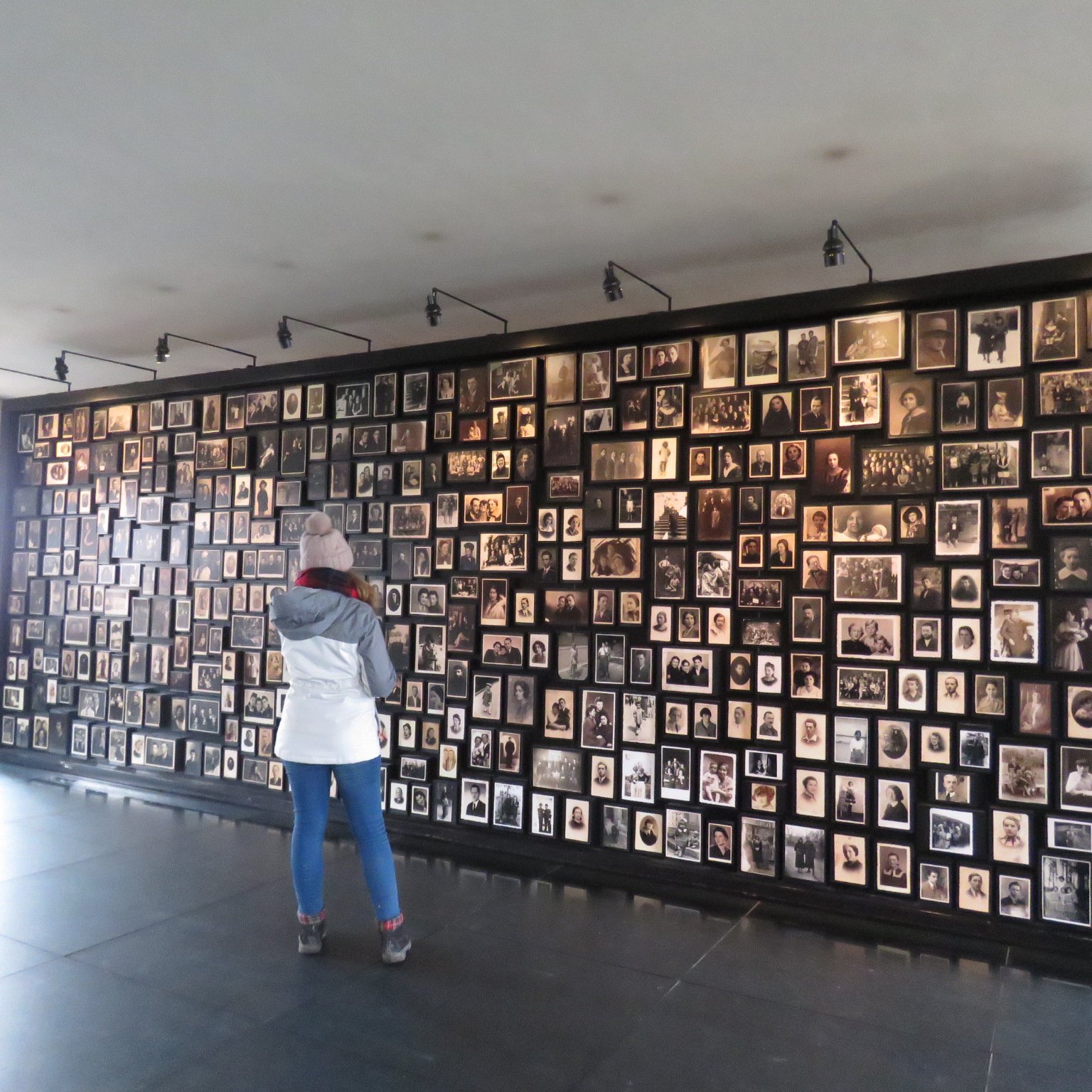
When I learned that Oscar Schindler’s factory had been turned into a museum, I knew it had to be part of our itinerary in Poland. There, we learned about what it was like living in Krakow from 1939 to 1945.
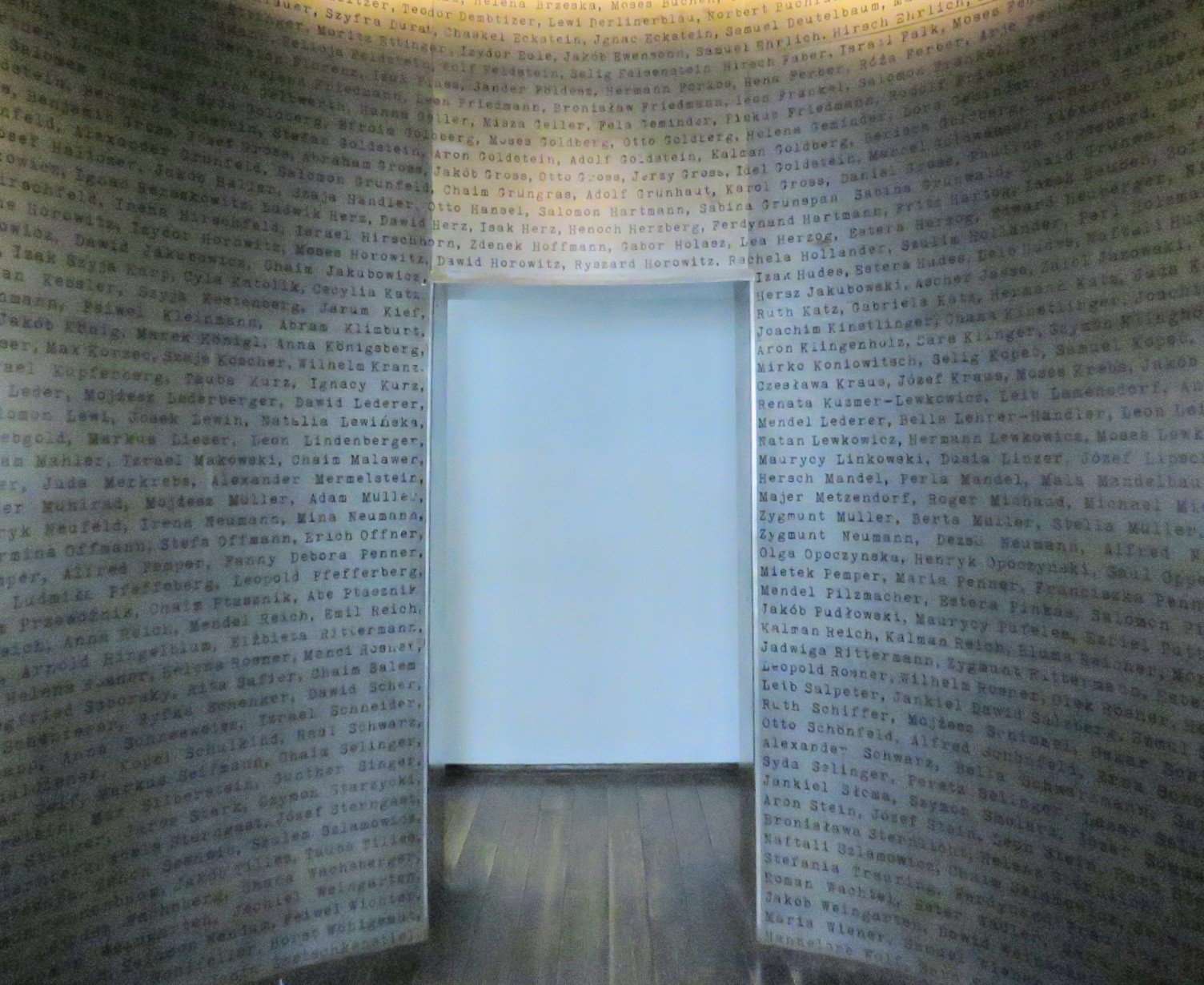
The museum does an excellent job of helping people understand how it felt to be in Krakow during WW2. There were various points in the museum where you could listen to people’s stories with headphones. There were lots of really neat displays as well, often having audio, to help visitors connect with what they were seeing.
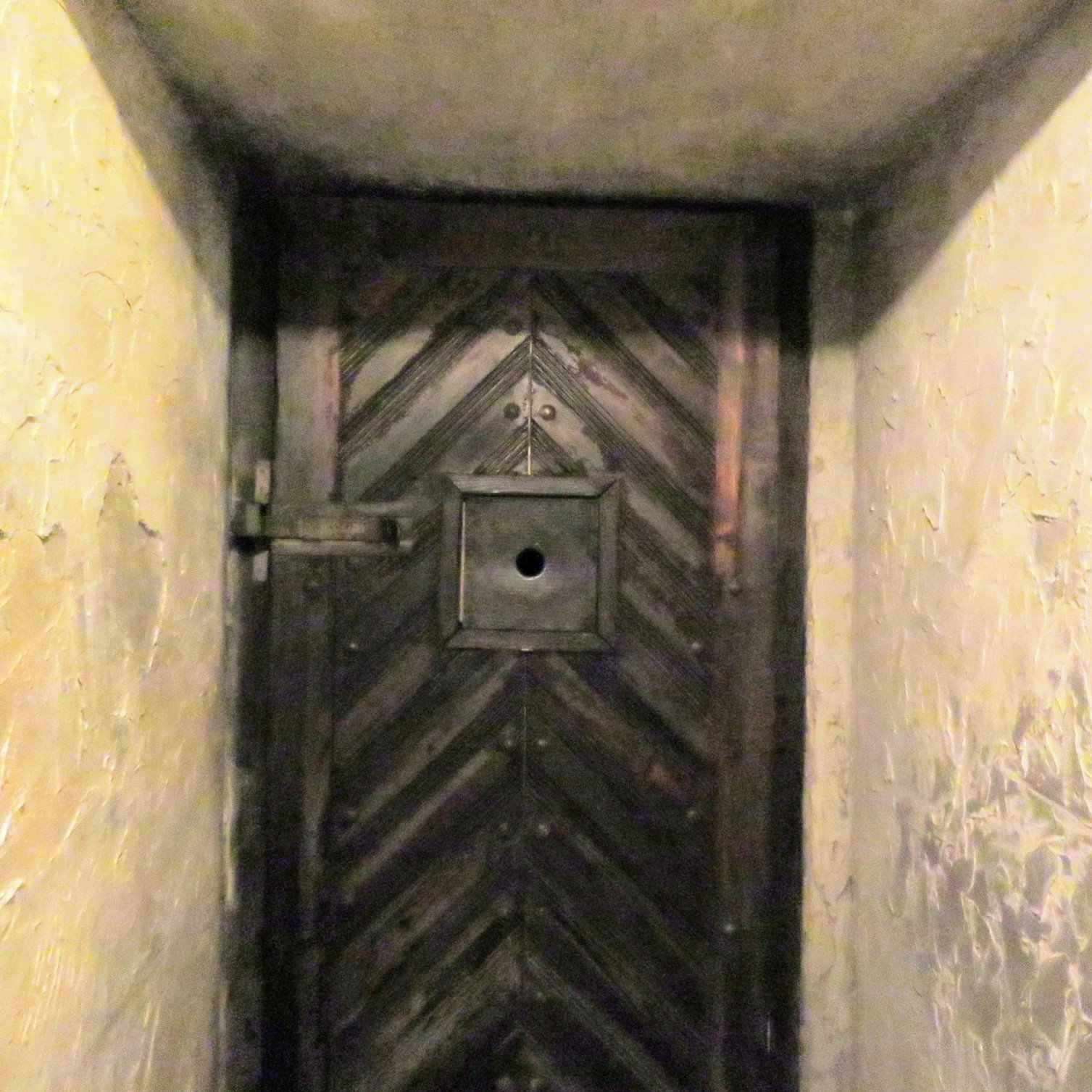
The museum focused heavily on the history of the Krakow Ghetto, and I found it very informative. Honestly, I always just thought of the ghettos as “holding cells” before Jews were shipped to concentration camps, but they were more than that.
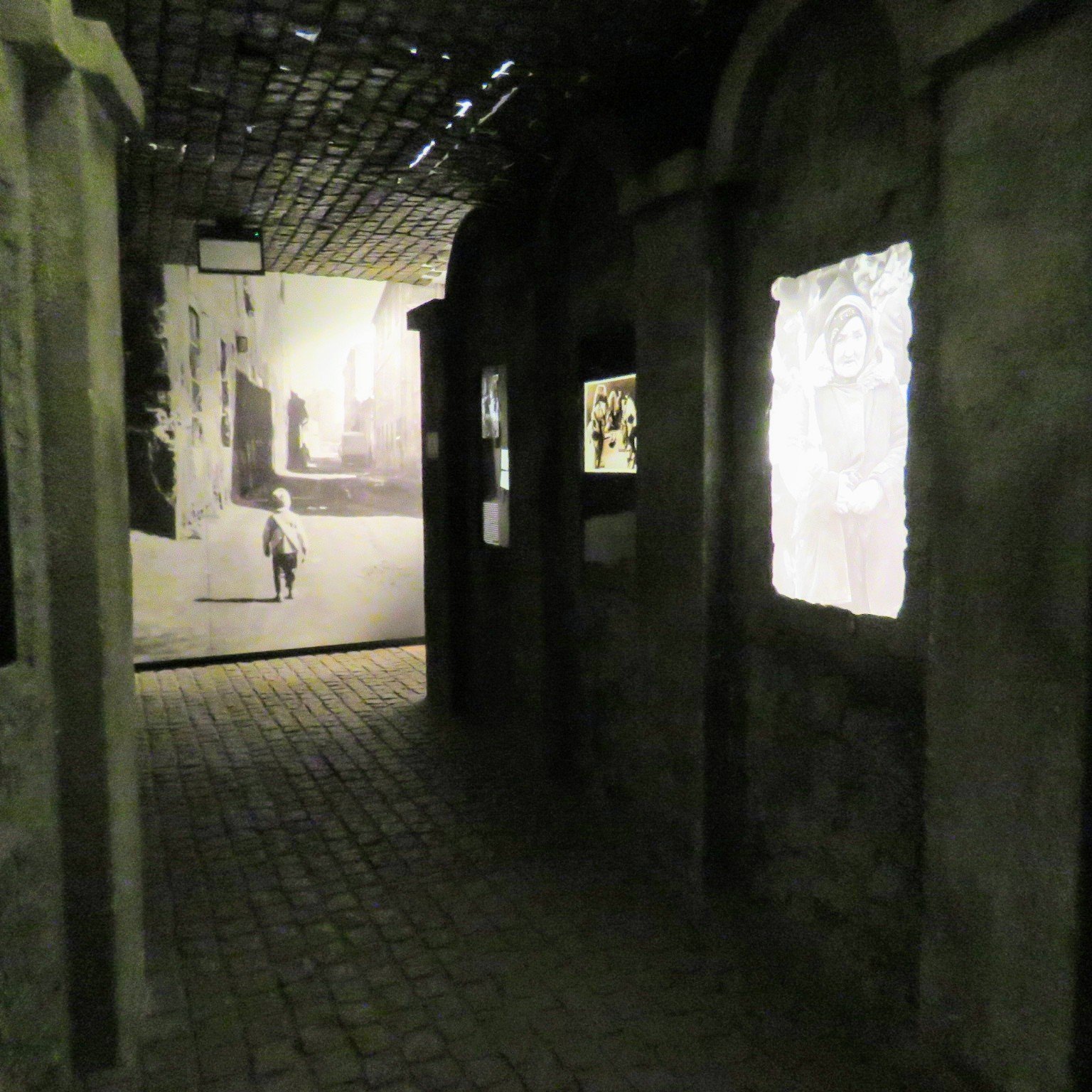
The ghetto was originally set up as a zone where all Jewish residents in Warsaw HAD to go. The Nazis claimed that Jews carried diseases and to protect the Nazi and Polish residents of Krakow, they needed to be quarantined.
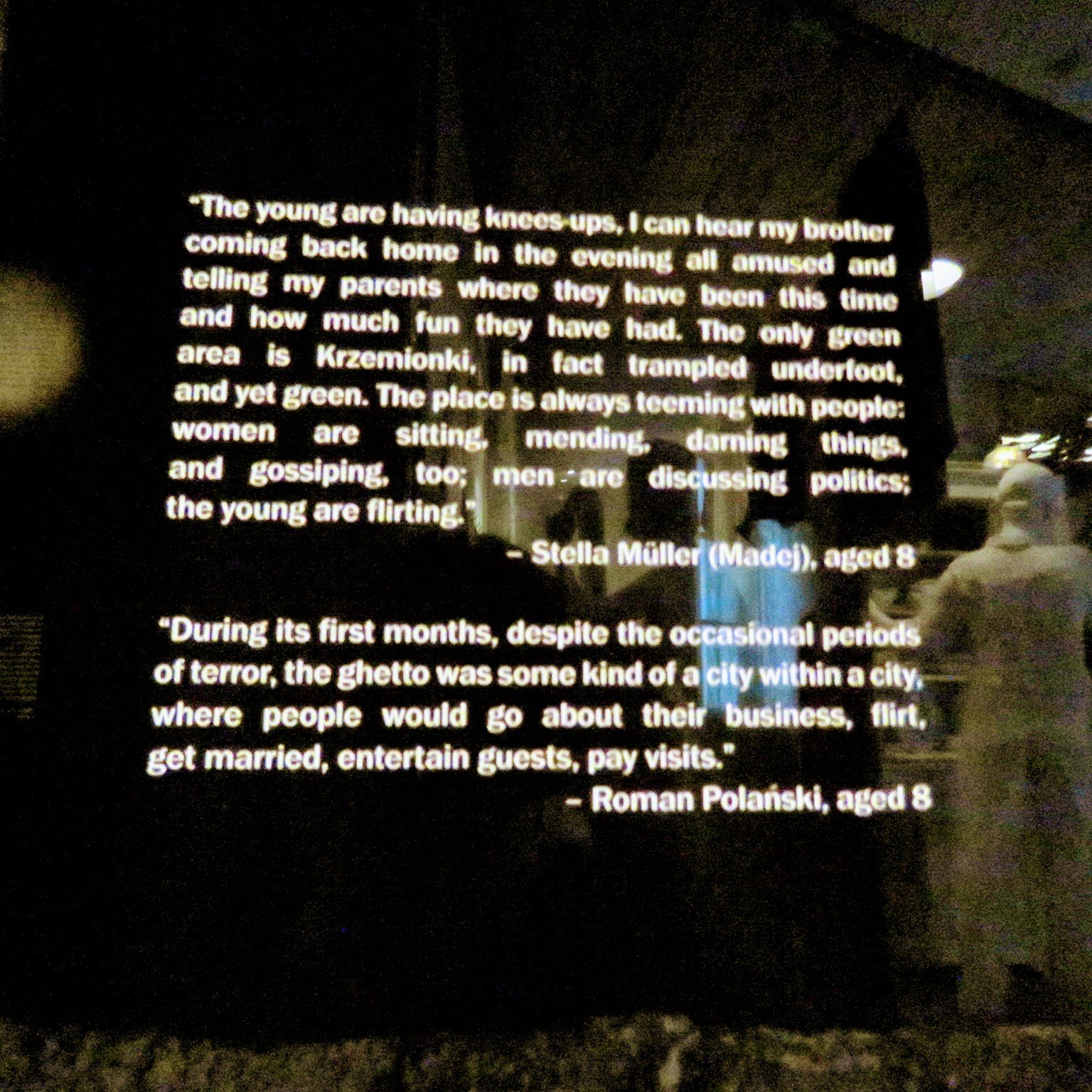
Jews weren’t allowed leaving the area without permission. During Passover, while Jews were celebrating, the Nazis erected a wall around the ghetto, closing the people in.
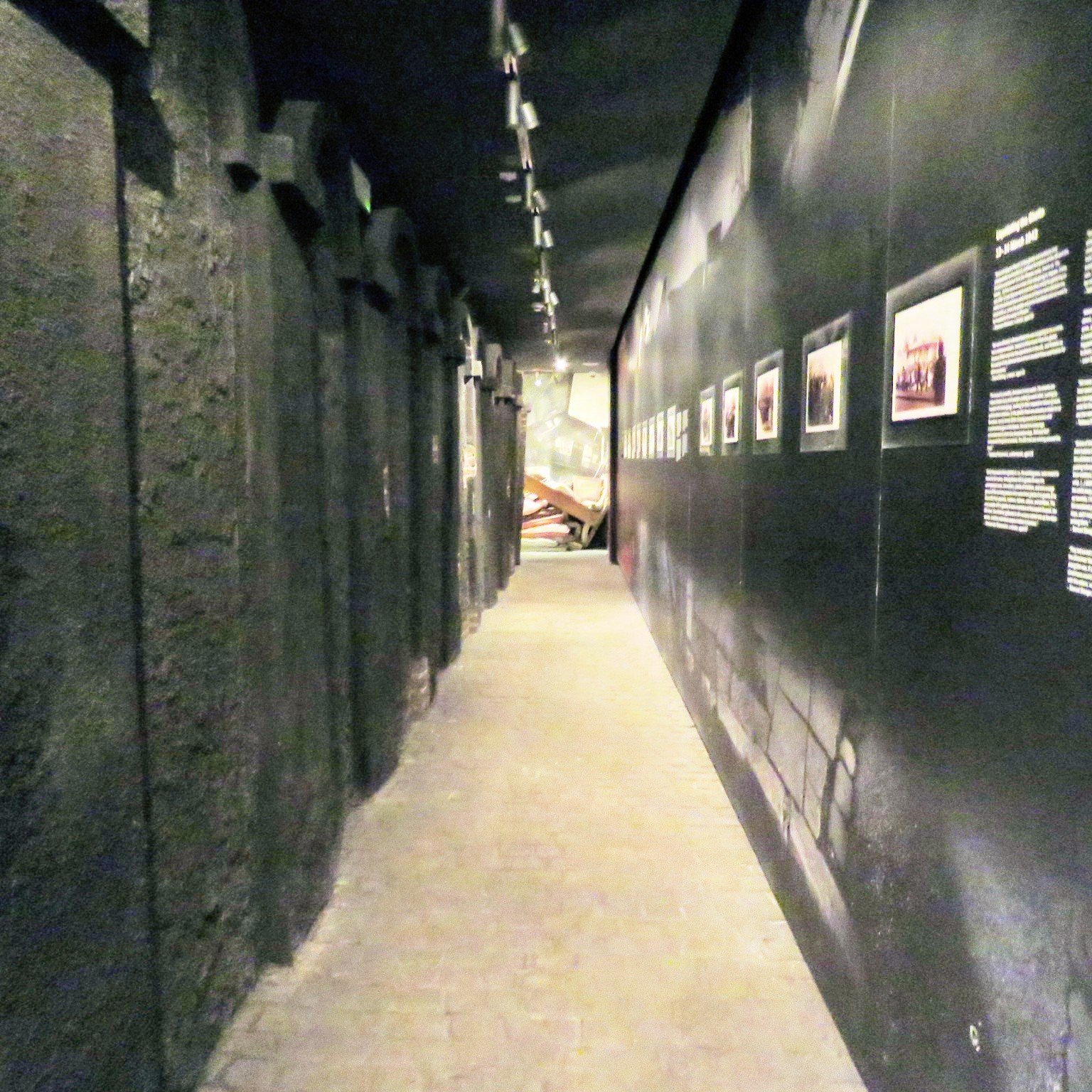
Everything the Nazis did was step by step. When they arrived in Poland, they began spreading propoganda about how happy the Polish were to have them running the country. They claimed that Adolf Hitler was well loved by the people.
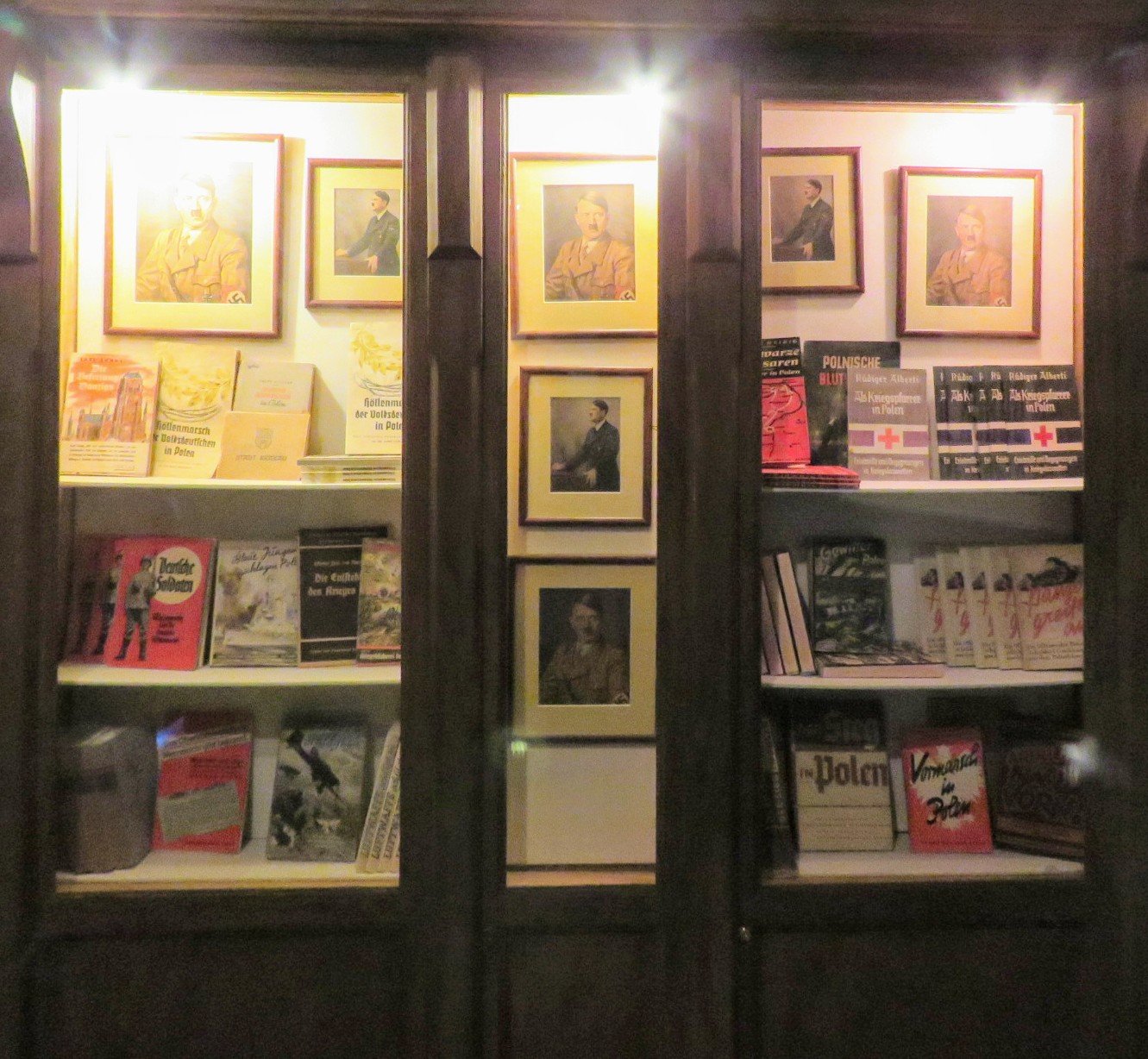
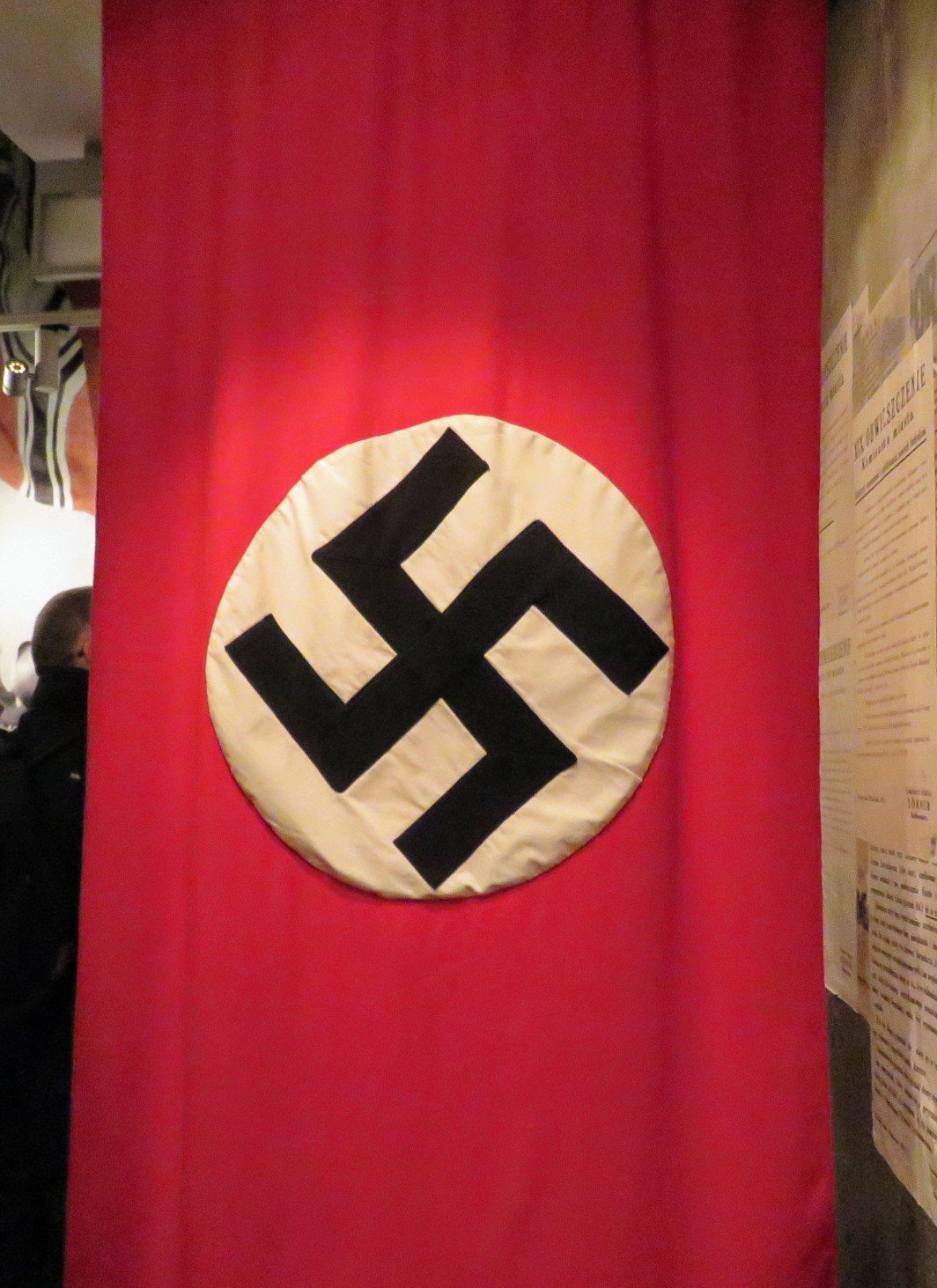
Then, they moved Jews into specific areas of the city. Next, they put up walls and forbid Jews to leave. Suddenly, they were in prison. Eventually supplies started running out and then the hunger started and guards became more abusive. Finally, the ghetto was liquidated and all of its inhabitants were sent to death camps nearby.
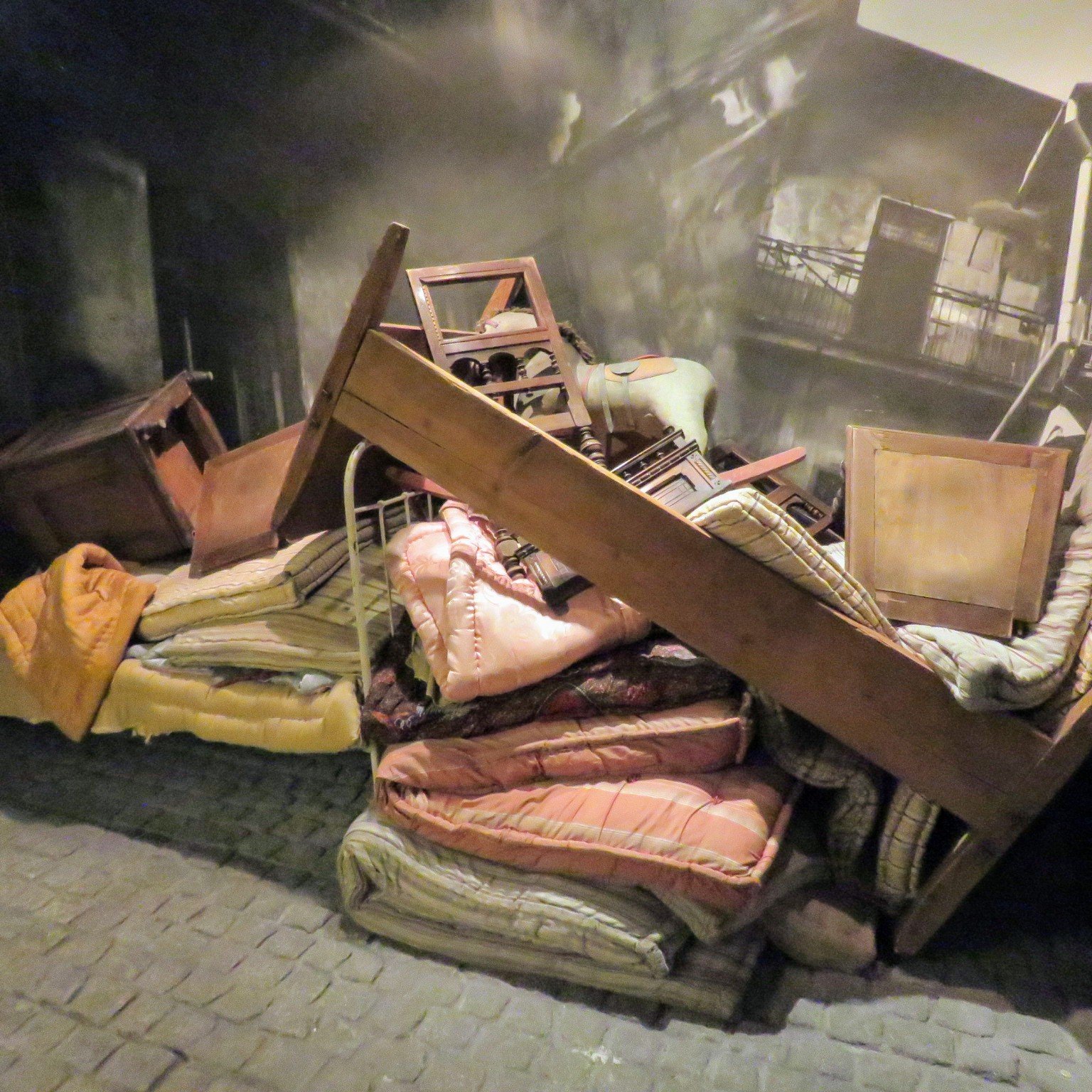
Of course, anyone who didn’t obey with these simple rules was at risk of being thrown into prison. Anyone who tried to resist the Nazi regime was simply killed. There was a section of pictures taken during this time. Most of them were pictures of people had been killed during the weekly public hangings. In many of them, you can see executed prisoners in the background, with smiling SS soldiers in the foreground.
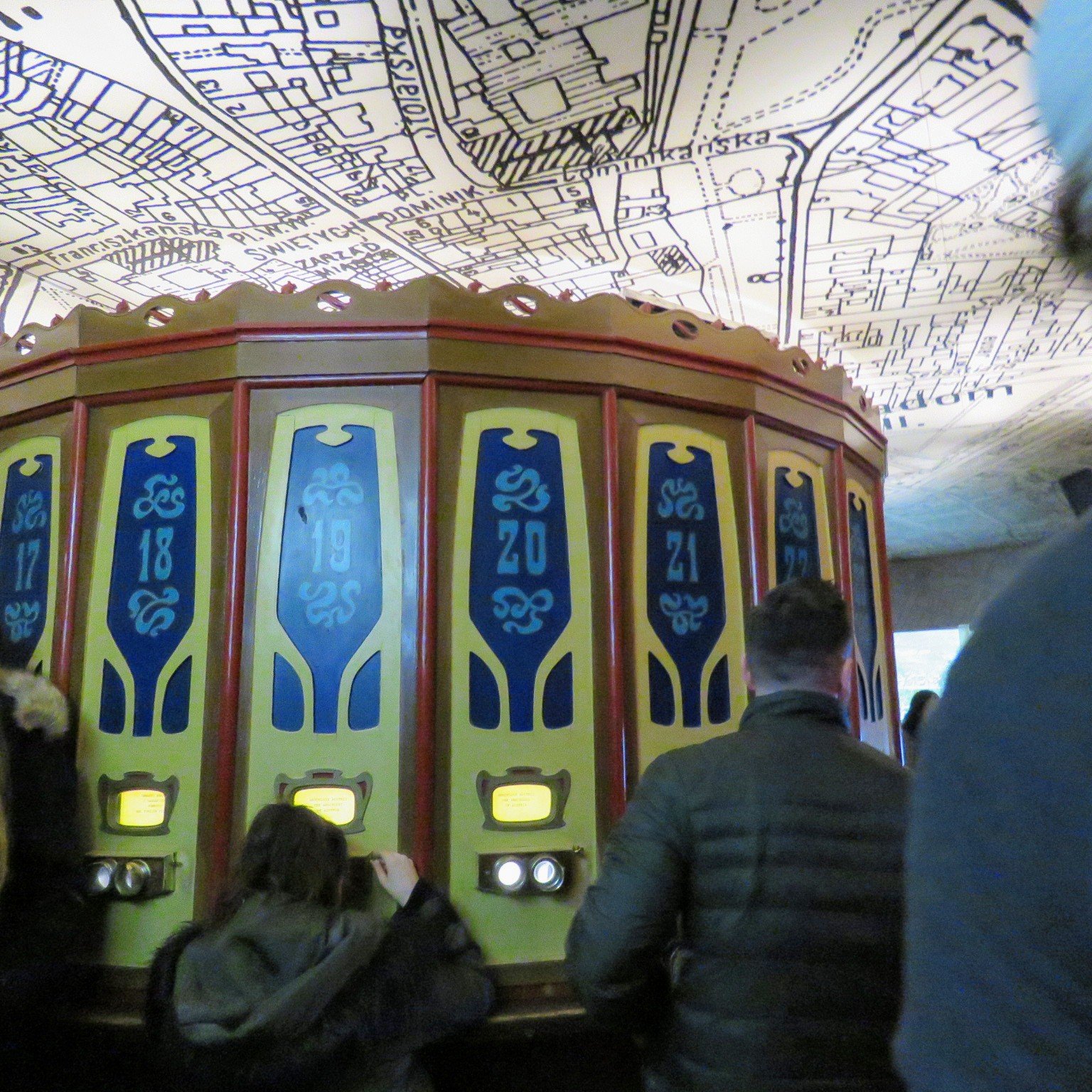
Ultimately, by the time the gassing began at Auschwitz, many of the people who were willing to fight the Nazis had already been killed. Most of the people who survived the early years were terrified. Of course, there were a few brave people who fought the regime by saving Jews, or even joining the underground resistence and assassinating top Nazi leaders.
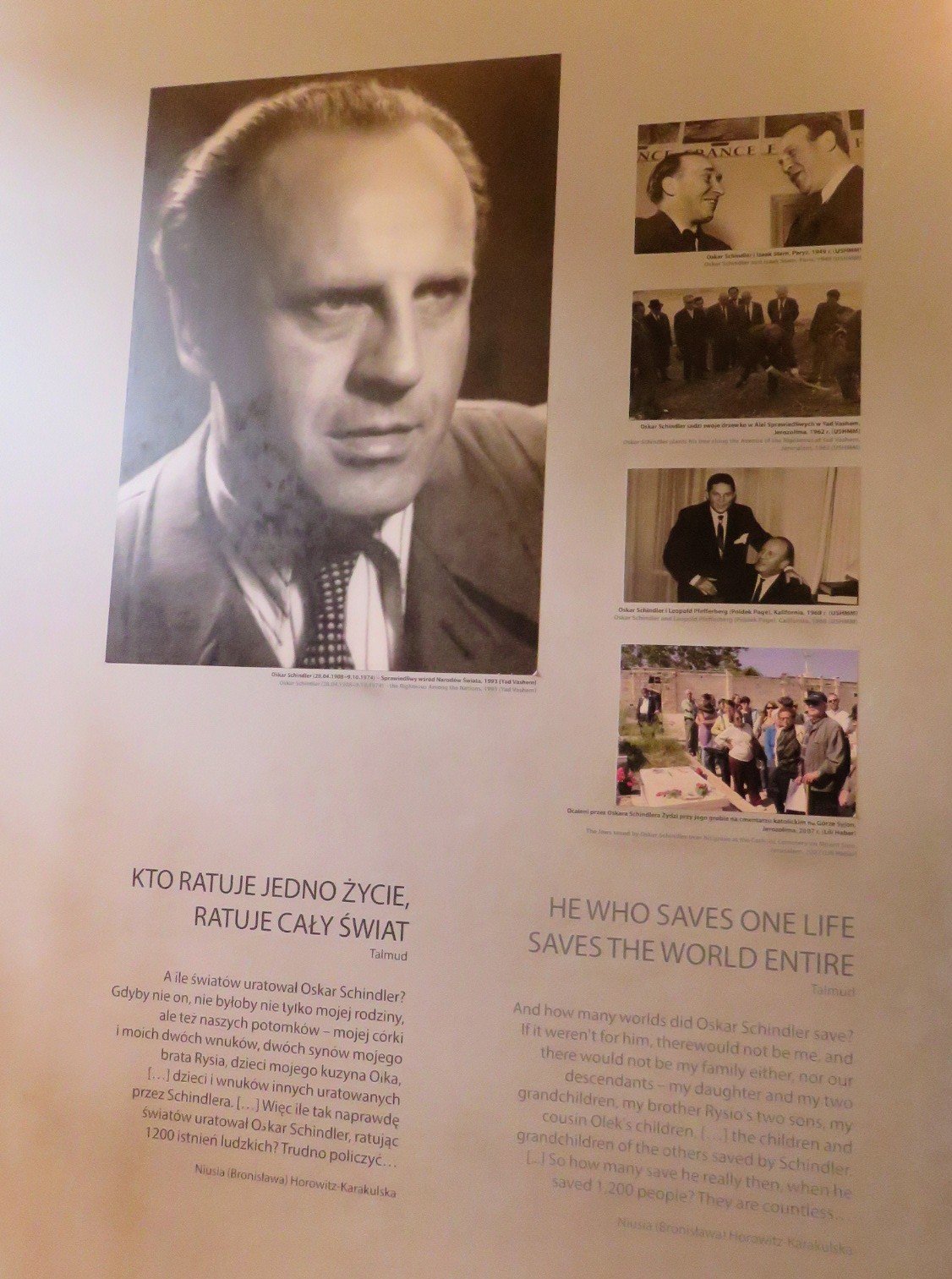
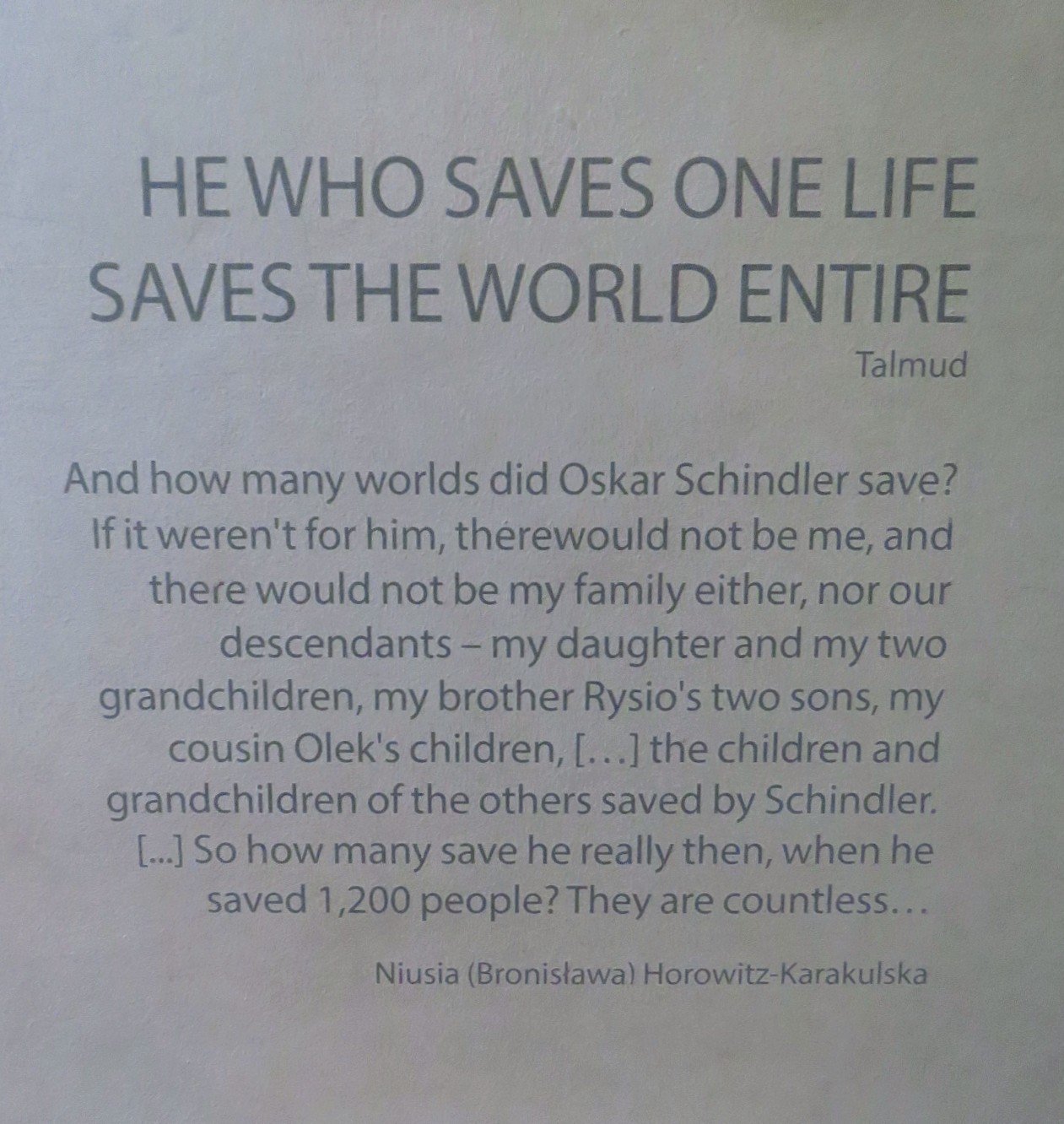
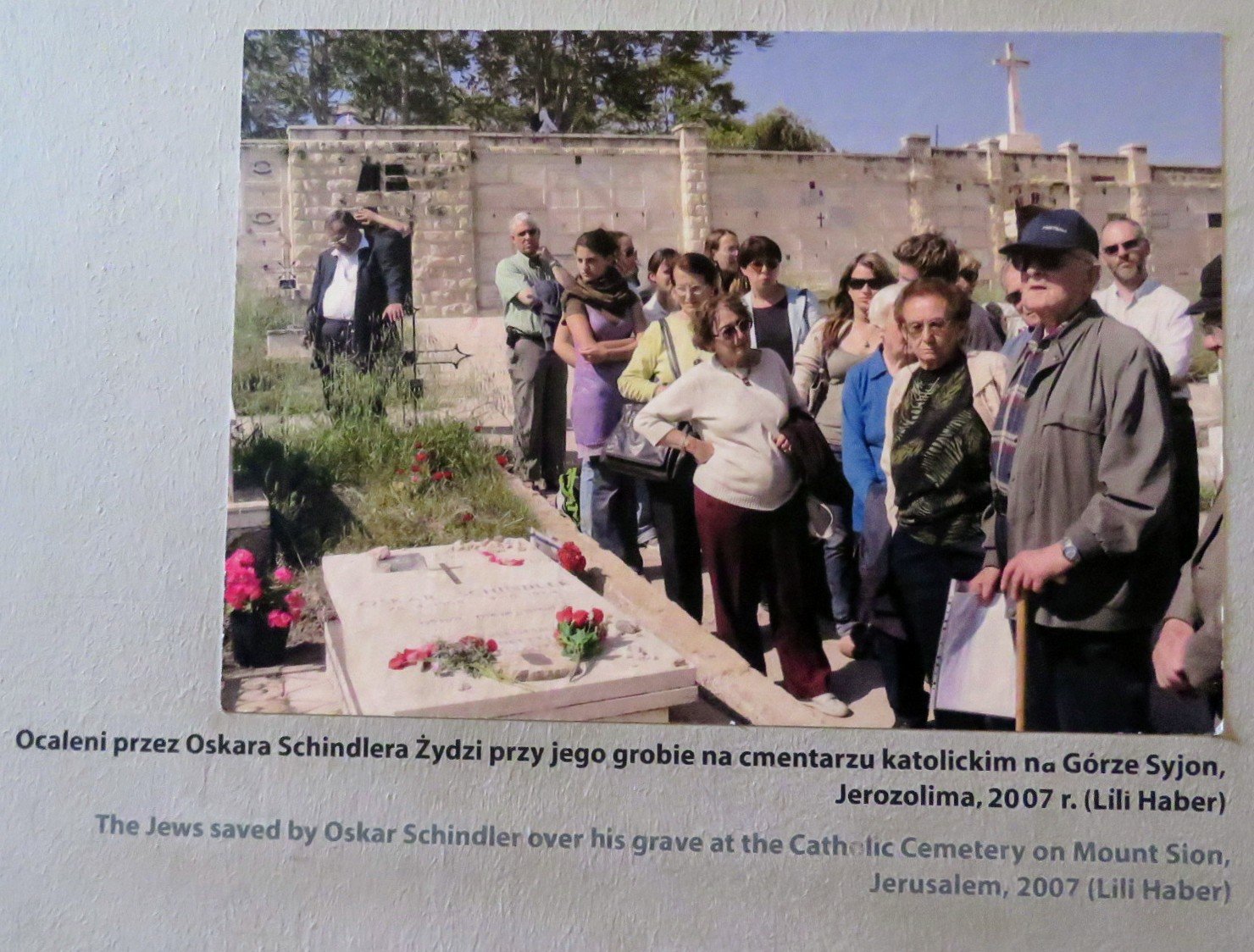
I highly recommend this museum. It was a great way to learn more about Krakow’s history. I know I left with a much better understanding of how things escalated during the war. I also left with a better understanding of how people fought the Nazis from within Krakow.
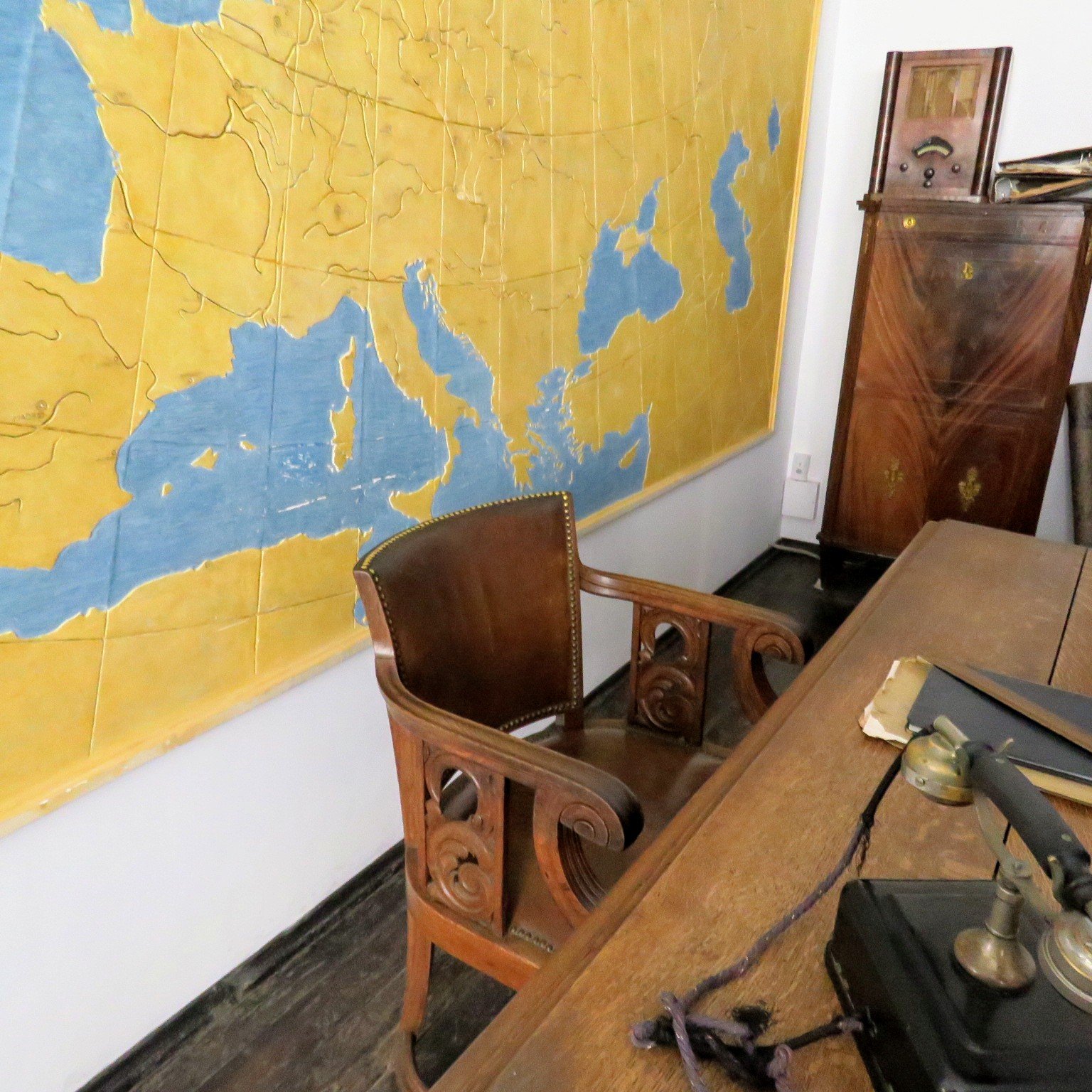
Dave and I walked down to where the Jewish Ghetto of Krakow was set up, and saw the remaining bits of wall. They were left up as a reminder of the past, and in an effort to prevent these things from happening again in the future.
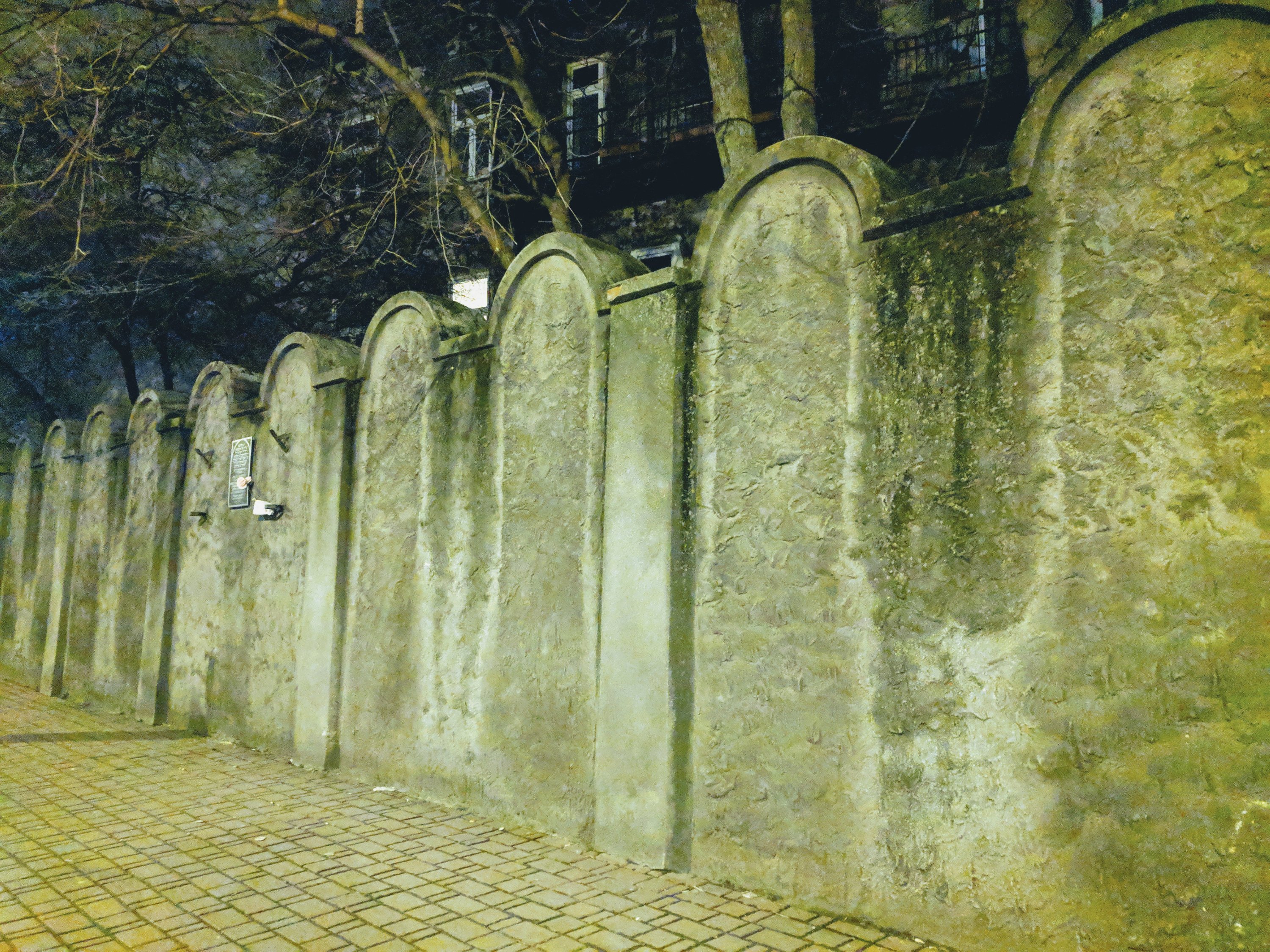
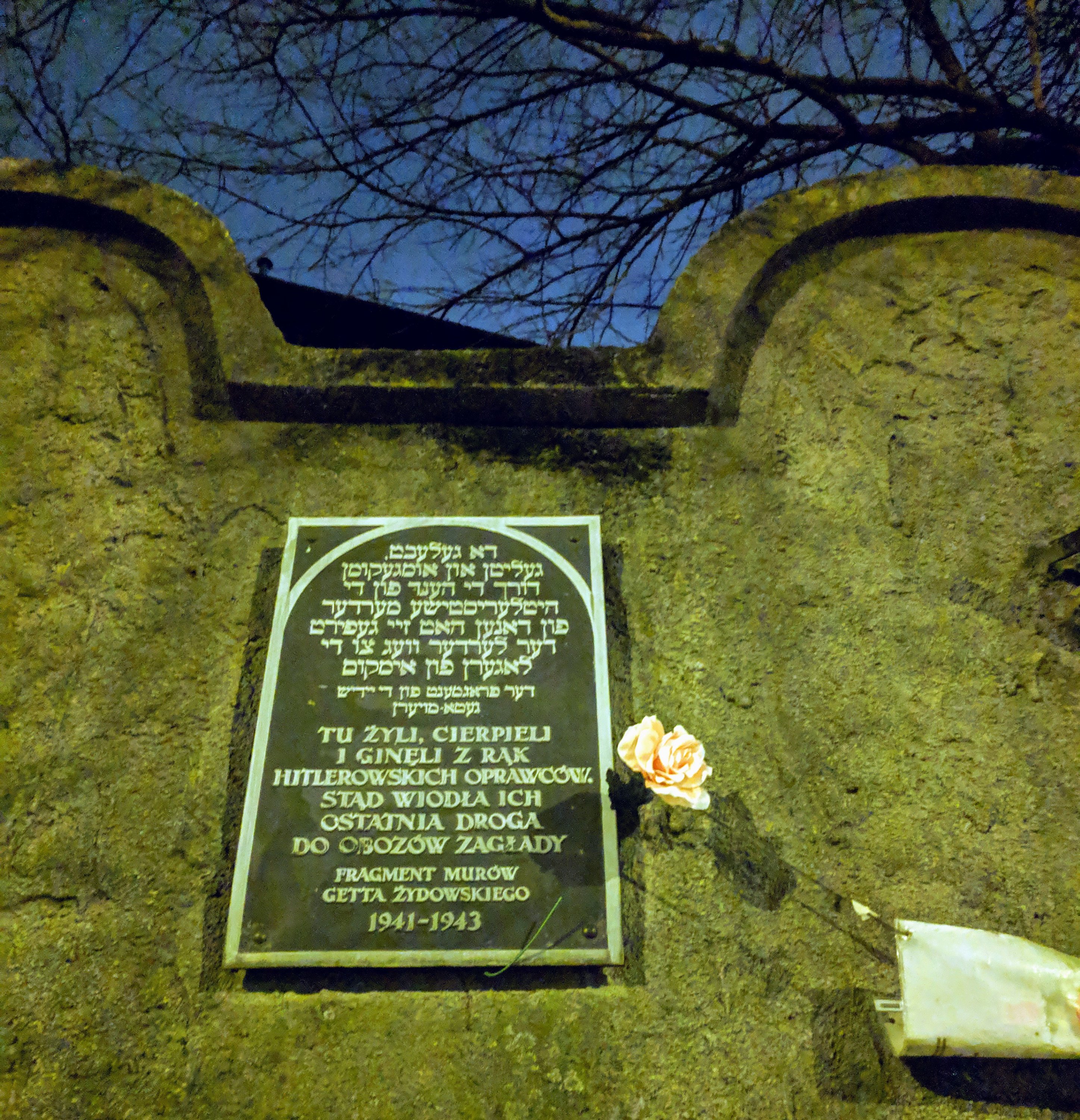
Our time in Europe is coming to an end. I’ll be back soon with a post about our final day in Poland.
